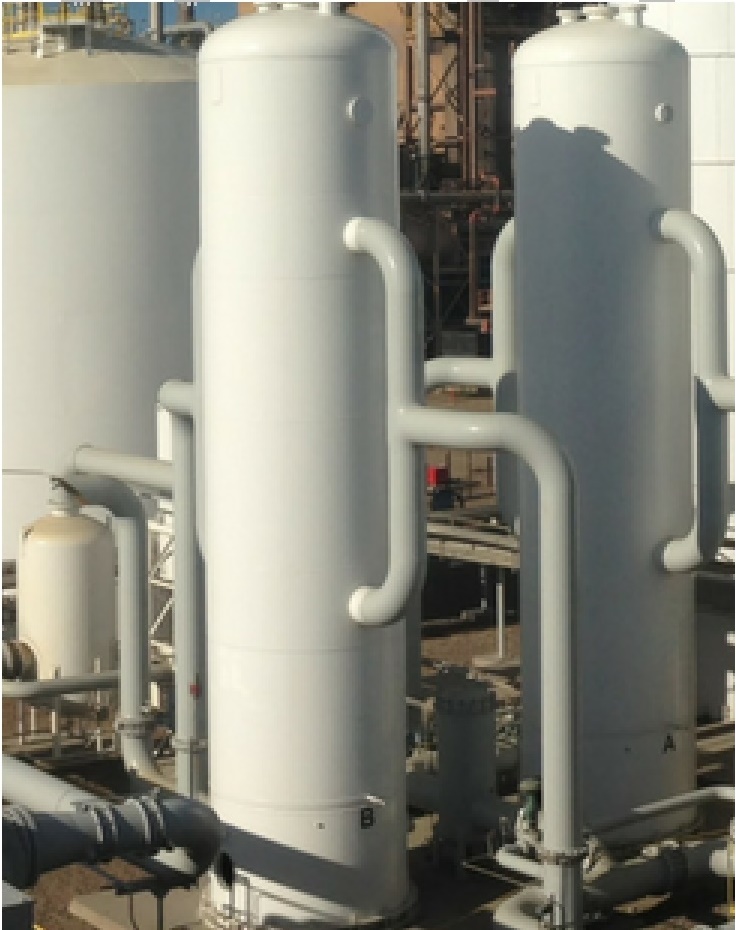CO2Zero Technology

CO2 in Eco-Material Conversion
The technology is TRL4, which is in the prototype phase. Through our CO2Zero Grid Interceptor we capture CO2 at the source and divert it through a pipeline where it is intercepted with water and gas utility infrastructure and routed to the CO2Zero Stations. Once at the Co2Zero station, the CO2 undergoes a series of chemical transformations, which convert the CO2 into hydrocarbon compounds. We use a series of reactions combined with inputs of Natural Gas and Biomass of wood and paper residue, to produce an advantageous Eco-materials mix. Producing Eco-material of several carbon compounds allows us to maximize our environmental impact with Activated Carbon, Biochar, Carbon Black and renewable fuels. In addition to renewable fuels of Methanol and Hydrogen, we are also able to convert the syngas to diesel products of various distillation grades.

- The first step in our approach is to separate the CO2 in the output gas from the power plant or refinery from the rest of the components via an efficient CO2 capture device (CO2Zero Grid Interceptor (TM) and capture unit).
- Biomass is pyrolyzed to produce carbon and volatile gases, while the latter are burned to produce energy for the process.
- The CO2 from the flue gas is reacted with carbon from the biomass pyrolysis process at high temperature to yield CO and activated carbon (Boudouard reaction).
- Methane, another input, is catalytically decomposed to carbon black and hydrogen. The resulting hydrogen is fed along with the CO to the methanol synthesis process.
- The energy for the conversion process comes from biomass burned in boilers in specially constructed gasifiers. No external energy is used as input for the process. CO2 generated from biomass consumption is captured and reintroduced into the process.
- In addition to the reaction with CO2, the biomass pyrolysis process produces excess carbon, Biochar, which is used as a soil amendment for Forests and Agriculture.
